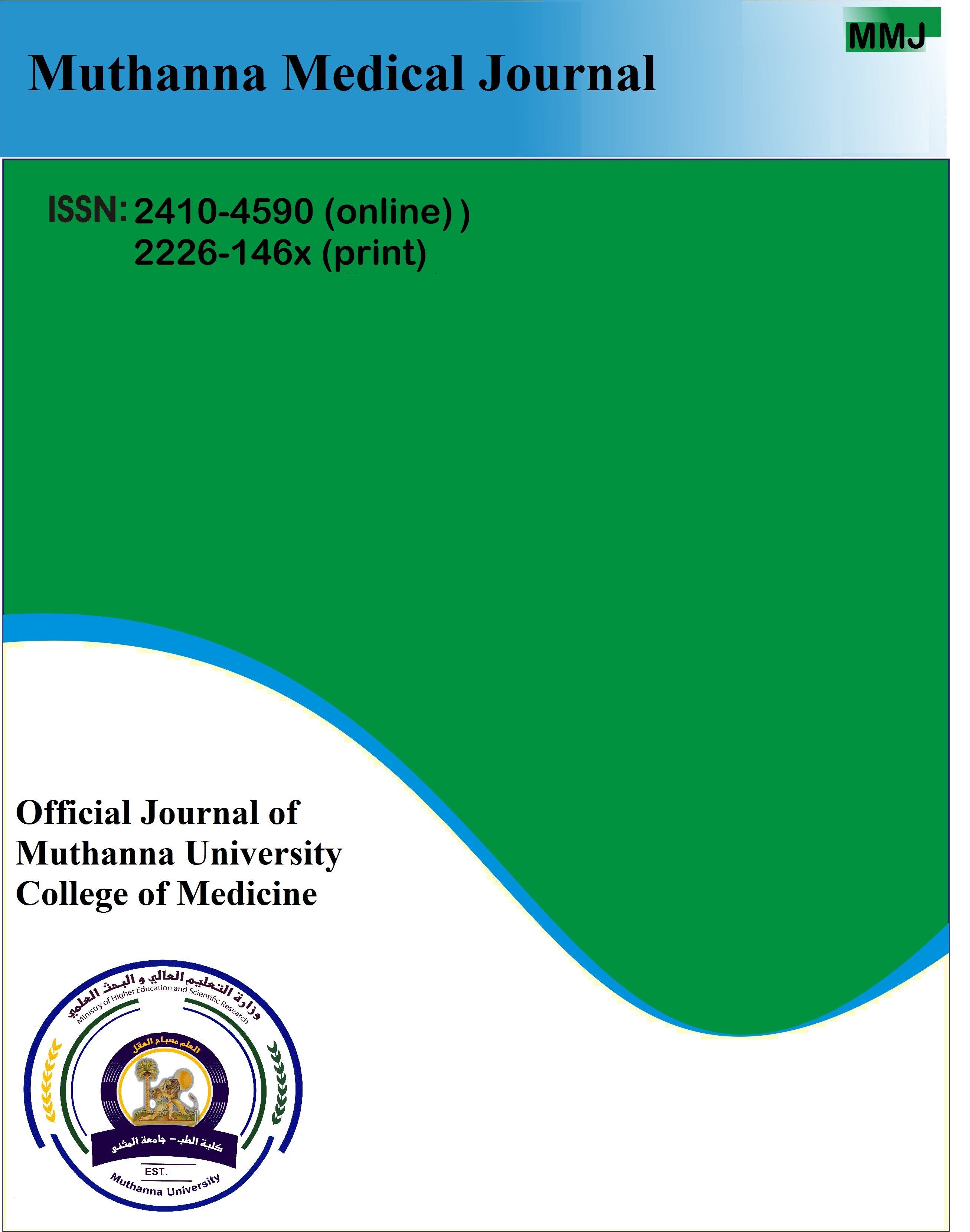
Research Article 
Baydaa Hameed Abdullah, Huda Jaber Waheed, Zahraa A.E Alnaqqash1
Received 10 Jun 2020, Accepted 01 August 2020, Available online 05 August 2020
Abstract
The classic autoimmune liver diseases (AILDs) are one of the main causes of chronic liver disease; which include primary biliary cirrhosis (PBC), autoimmune hepatitis (AIH) constitute and primary sclerosing cholangitis (PSC).This pathological condition represents an immune attack on the bile epithelial liver cells, which leads to chronic inflammation in the liver, due to the proliferation of cells and the deposition of the matrix proteins between the hepatocytes and their types. Then the liver cells gradually lose their functions until the liver reaches the stage of myofibroblasts.The liver lost its functions inevitably and gradually gets until the liver loses its normal size leads to high blood pressure in the hepatic portal vein and from here begins the rapid deterioration of the liver condition so this requires follow-up and monitoring of liver cirrhosis and at this stage requires a liver biopsy examination In this case, liver transplantation is the effective and golden treatment option for liver disease at this stage. The abundance of MHC receptors class II in the surface liver cells, genetic predisposition or due to acute infection of the liver, leads to an immune response in the body, which leads to autoimmune hepatitis. This abnormal immune response leads to persistent hepatitis, which may lead to more symptoms and complications such as fatigue and cirrhosis. The disease may be related to race or age, diagnosis is often after the age of 40 years.
Keywords:Autoimmune Hepatitis (AIH); Immune response; Chronic liver disease